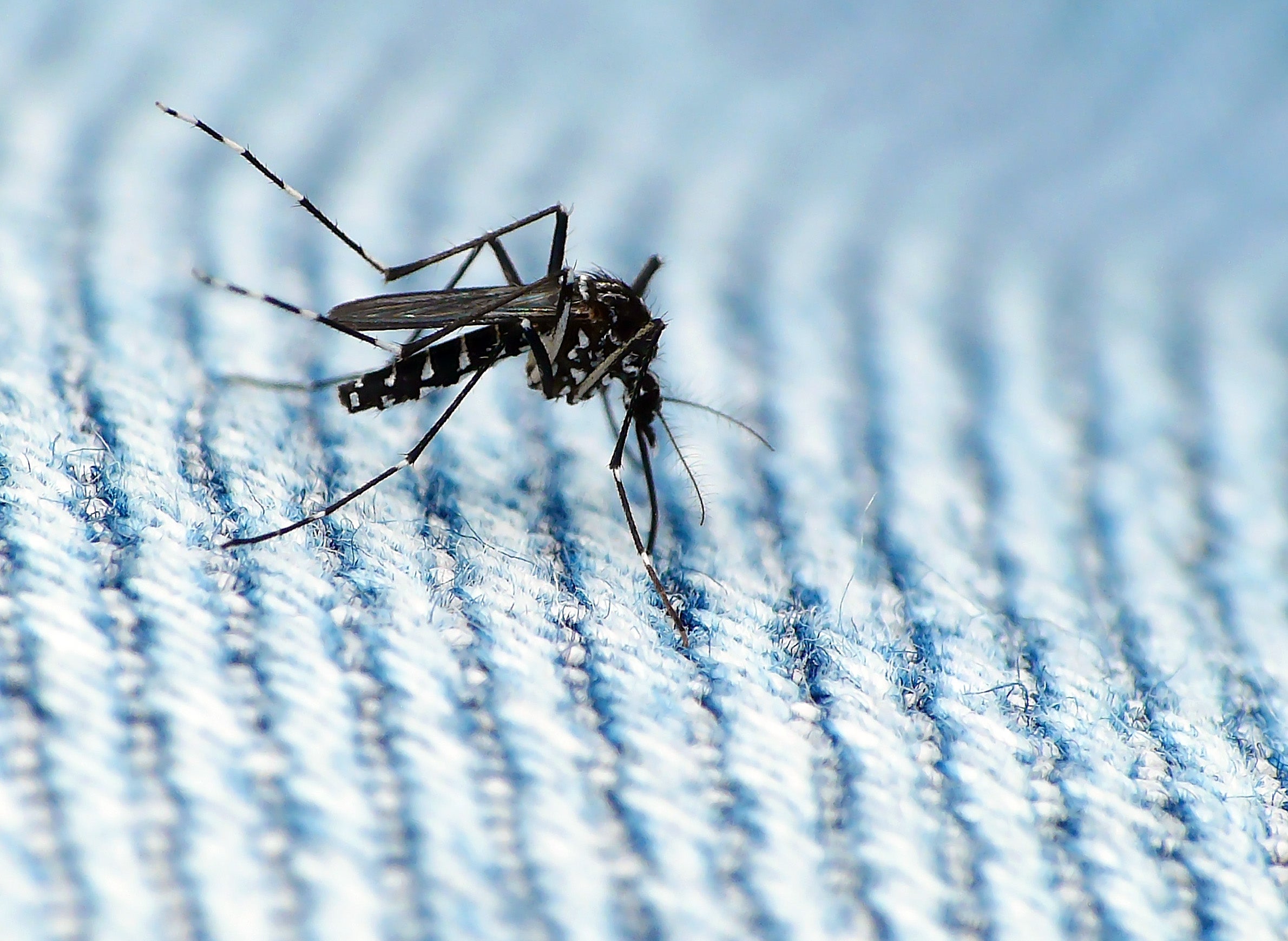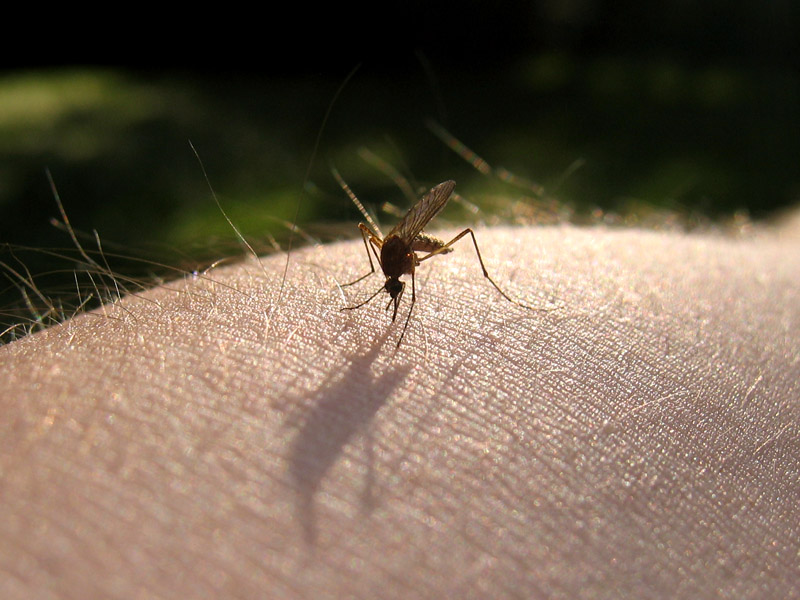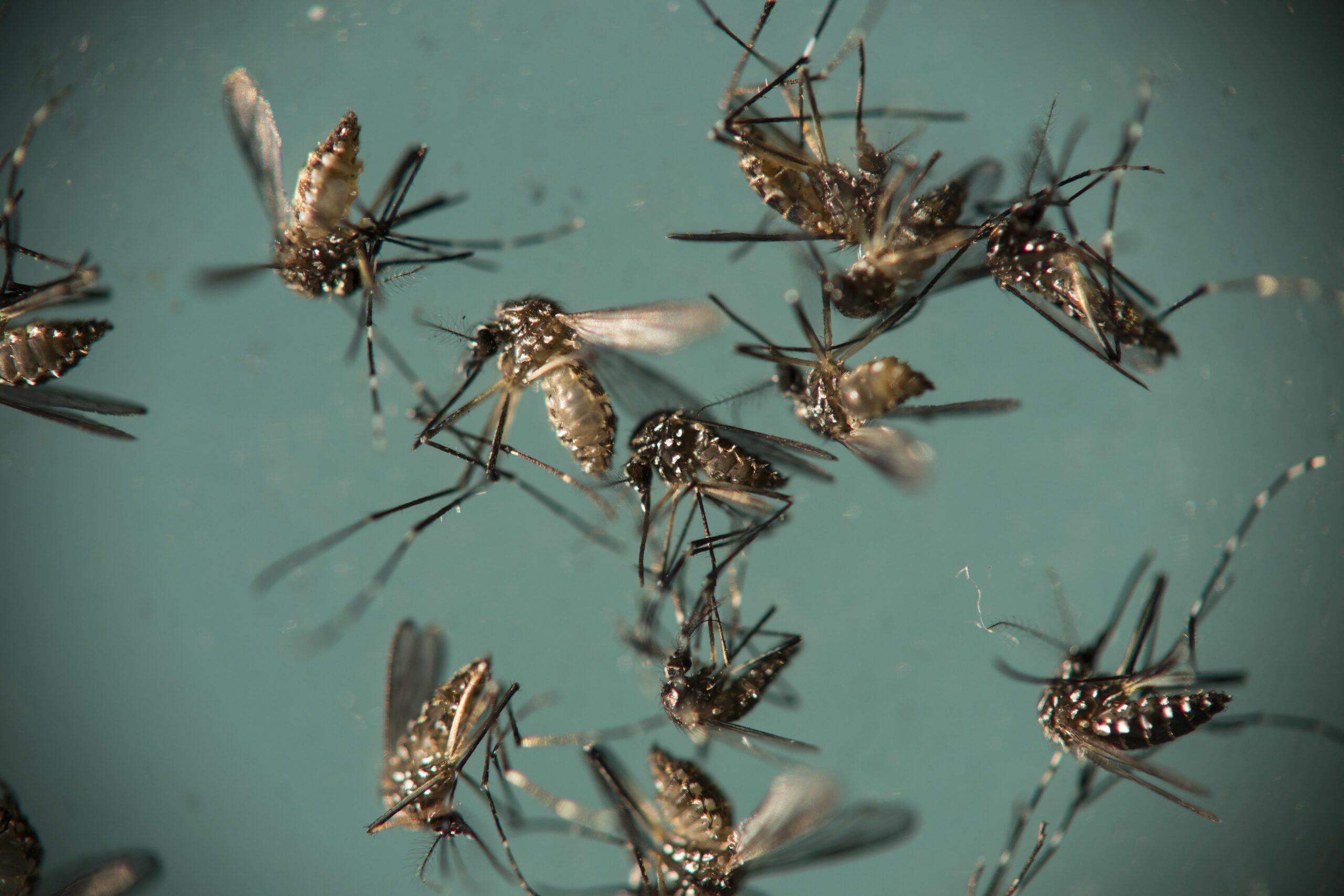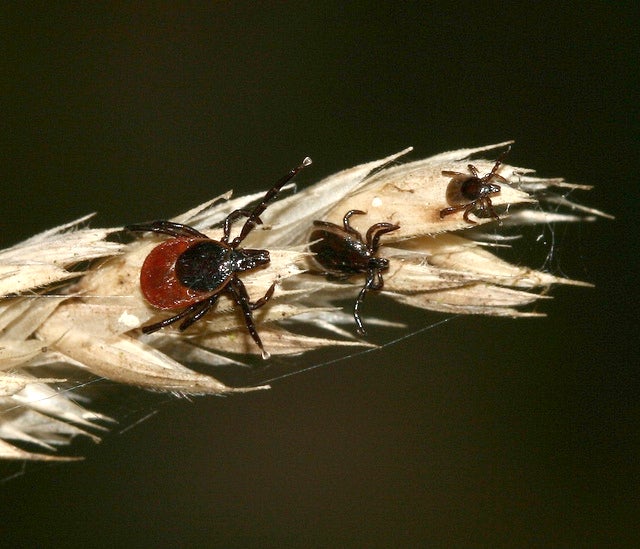Wisconsin residents aren’t the only ones welcoming the recent warmth, pests are too. And health officials say the problems they can cause for humans have been growing.
The Centers for Disease Control and Prevention says more deer and warmer weather are making mosquito and tick populations rise across the country. And the diseases these pests can carry have tripled in the United States between 2004 and 2016. Ticks are driving that increase in illness.
“We have seen an increase in the types of tick-borne pathogens. So this is very real,” cautioned Lyric Bartholomay, associate professor in School of Veterinary Medicine at the University of Wisconsin-Madison. She also co-directs the Upper Midwestern Regional Center of Excellence for Vector-Borne Disease.
Stay informed on the latest news
Sign up for WPR’s email newsletter.
Wisconsin is among the states with the highest reported cases of tick-borne disease in the U.S. during this period. The state had fewer reported cases of illness from mosquitoes. However in 2012, West Nile virus hit the Midwest hard. In Wisconsin that year, there were 44 confirmed cases in humans and five deaths from West Nile.
And last summer a type of mosquito capable of transmitting the Zika virus, commonly known as the Asian tiger mosquito, was found in Dane County. There is no evidence of local Zika transmission; all cases since 2016 have been travel-related.
This particular mosquito, formally known as Aedes albopictus, can also transmit dengue and Chikungunya viruses.
“It feeds in the day and it’s a really voracious mosquito. They’re really hungry and they’re vicious biters. Not only do they pose a threat in terms of public health but they are a terrible nuisance species as well,” said Bartholomay.
Over the years, other new bloodsuckers have made their way to Wisconsin. The Lone Star tick was spotted in the state in 2013.
“We see don’t see that tick frequently, but we’re starting to see it more and that’s evidence of an expanding range for that particular species. Also over the years, a vast expansion in the range for the black legged tick, some people call it the deer tick,” said Bartholomay.
Such ticks can carry Lyme disease. According to the CDC, the number of actual cases of the illness in the U.S. are believed to be 300,000 — that’s 10 times higher than reported cases of the disease, which can cause swollen joints, headaches, and other symtoms.
The Upper Midwestern Regional Center of Excellence for Vector-Borne Disease plans to unveil a new smartphone app that will help them track tick exposure in high-risk areas for Lyme disease.
“So if people are interested in citizen science and understanding where ticks are and how tick exposures occur, they can contribute to that by jumping in and being part of the tick app,” said Bartholomay.
The app is free and will debut around Memorial Day.
Wisconsin Public Radio, © Copyright 2025, Board of Regents of the University of Wisconsin System and Wisconsin Educational Communications Board.




